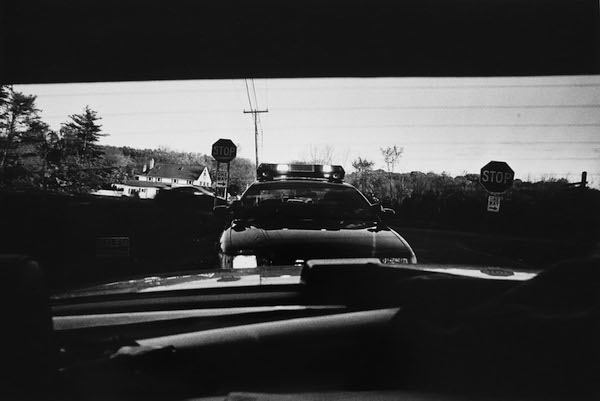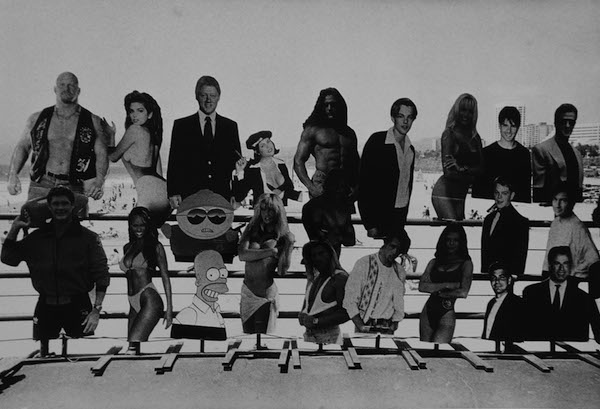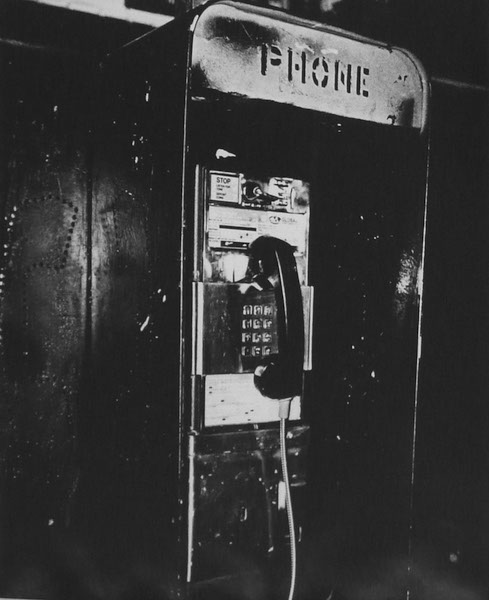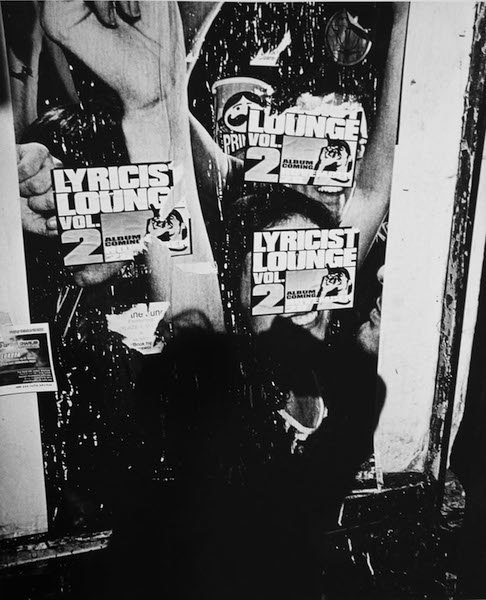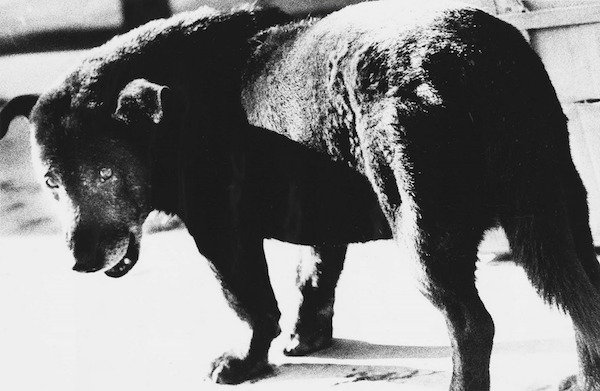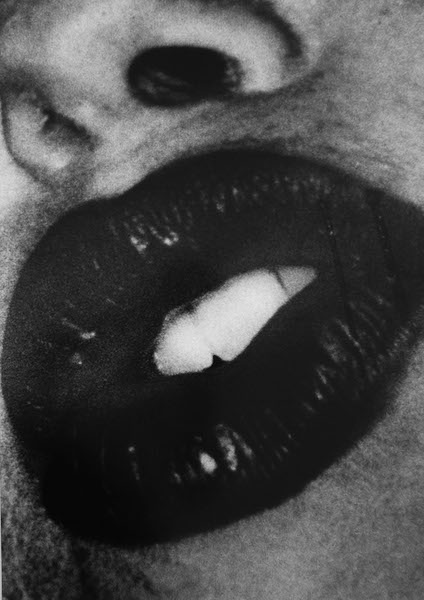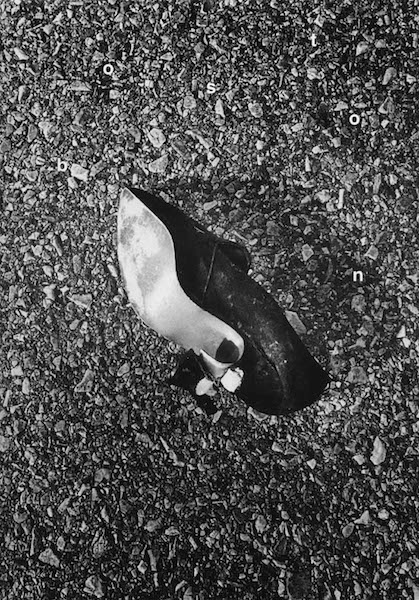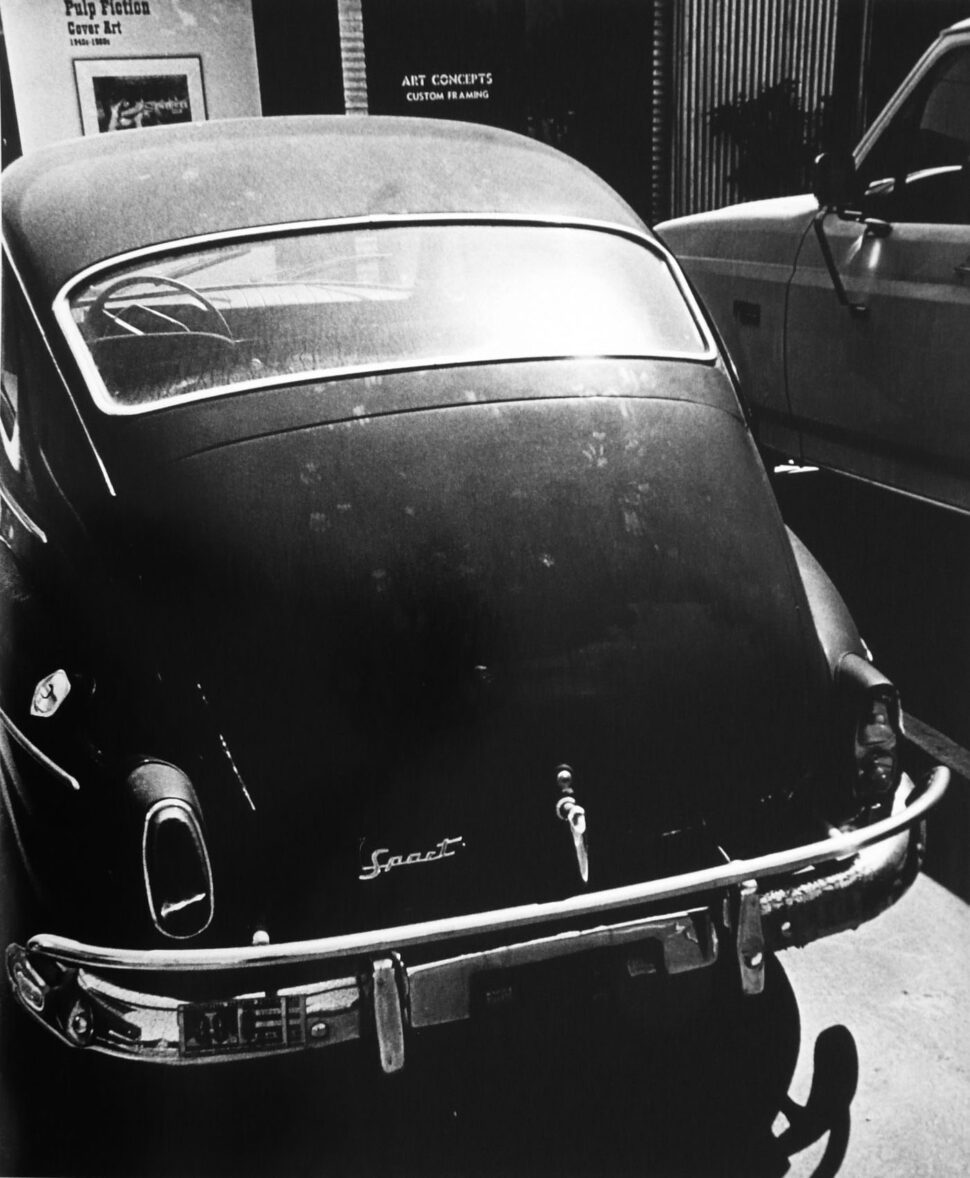
Transit
Daido Moriyama
12/02/2004
30/04/2004
Gallery FIFTY ONE
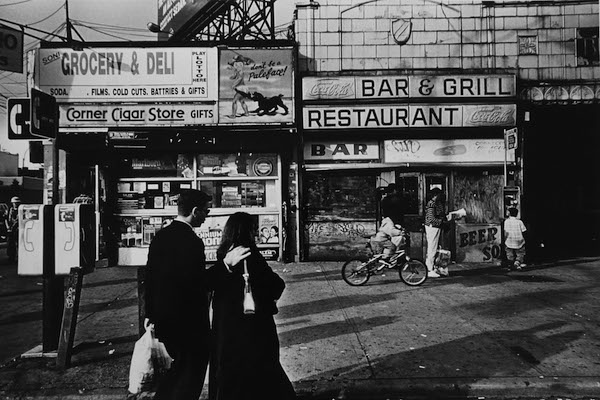
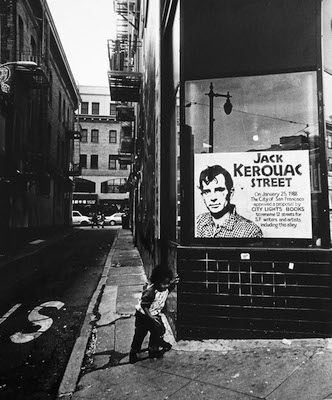
Daido Moriyama
Daido Moriyama is considered one of the leading figures of Japanese Photography today. Trained as a graphic designer, he began to work as a freelance industrial designer in 1958. In the course of his work, he visited the photo studios of Takeji Iwamiya and became so fascinated with the world of photography that he decided to give up design and serve as an apprentice in the studio.
In 1961, he moved to Tokyo and got a job working as the assistant of Eikoh Hosoe, the first internationally recognized photographer of his generation in Japan. Moriyama found himself to be most profoundly influenced by Japanese photographers Shomei Tomatsu and Eikoh Hosoe. Like Tomatsu, Moriyama was fascinated by the bizarre underworld of Japanese street life and trough his collaboration with Hosoe, he drew a sense of the theatrical and the erotic.
biography
Born in Ikeda-cho, Japan in 1938
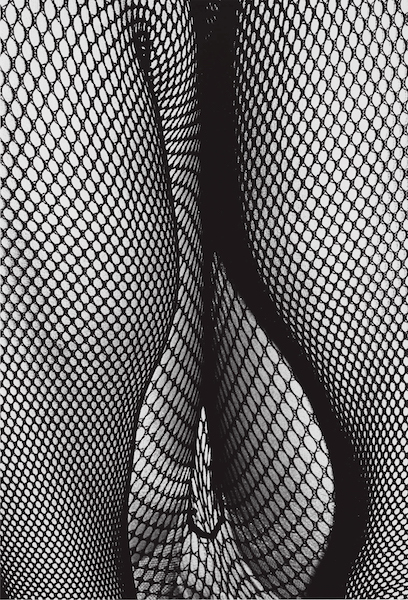

Moriyama’s vision was also enriched by his acquaintance with the work of two American photographers: William Klein and Robert Frank. These photographers did not hesitate to move in close to their subjects, using their small hand-held cameras like guns made to shoot on any number of moving targets. Like them, Moriyama practiced a new, more action-oriented street photography.
He witnessed the dramatic changes that swept over Japan in the decades following World War II. The visual and existential turmoil brought on by this transformation was to become the one of the core subjects of Moriyama’s work. His gritty photographs of Japanese streets and highways expresses the conflicting realities of modern Japan: the unexpected survival of age-old tradition within contemporary practice, the paradox of a culture disturbed yet fascinated by the undergoing changes.
